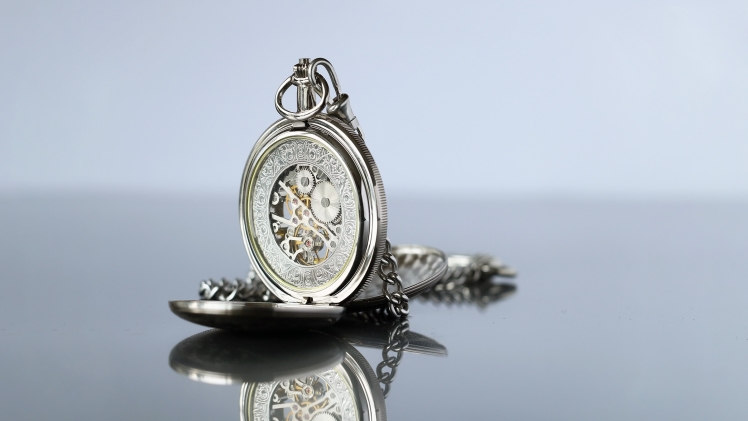The Ancient Egyptians were the first to divide time into 24 hours by separating night and day. They referred to the hours as “unequal” or “seasonal” since the durations vary with the seasons and between night and day due to the solar day. The hour hand of the celestial clock is powered by the sun, which casts a shadow as it moves from east to west. A stick pointed into the ground generates a shadow that travels in a semicircle around the stick, which is marked with marks that split the day into equal parts.
Section 1: A pocket watch is the most powerful and sophisticated time-keeping device
The solar day lasts about a month, during which the day is equal to about 24 hours. Most people who can make the monthly allowance use pocket watches or atomic clocks, which measure time using the planet’s rotation, the position of the moon, and a second scale to determine time. Since they are so large, pocket watches can be worn for an entire month. An atomic clock cannot be worn as it is too large, so it is placed in a room or office with a light source near its clock face. This is one reason why there is no clock in most offices today. Pocket watches work by having 24 “segments” of 12 hours; 24 sets of 12-hour divisions. During the day, a person does not know exactly when 12 hours has passed, since the current moment is not divided evenly into 24 hours.
The watch and its cases
The pocket watch was invented in Germany and quickly took the world by storm. At first, it was for the military, but now the pocket watch became popular among the commoners as well. A pocket watch was no longer a luxury, and it was affordable and portable. The invention of the wristwatch took a while longer. It was first suggested in the 15th century, but it wasn’t until 1875 when Wilbur Lindsley patented his design that the first wristwatch began to take shape. The wristwatch design involved two sections connected by a pivot. The inner section could be moved up and down, and it was circular. The outer section could be moved left and right, and it was circular. The center section was magnetic, so the inner section could be turned to align the watch with a strong external magnetic field.
The technology behind watches
What’s the point of a wristwatch if you don’t know how to read time? The notion of timekeeping itself has evolved considerably. Every day, most watches, wristwatches and other timepieces produce two bits of information: the time and a second hand. A quartz watch is no different from a traditional mechanical watch except that the movement, or “mechanism,” is powered by electricity instead of movement of a spring. Wristwatches The quartz movement relies on electricity to tell time. Instead of a movement that relies on a spring, a quartz watch uses electricity to power it.
How to buy a pocket watch
If you’re looking to buy a pocket watch, you’ll need to choose from the following models: Check the measurements and fit of the case and dial. If you wear a large watch, you might need to have the case slightly bent outwards to accommodate the larger watch. The dial diameter should be about half the diameter of the case. Look for balance at the bottom of the crown and at the bottom of the pusher, where it meets the back of the case. Choose a watch case size. Choose a watch band with a buckle closure. Ask about the material used in the case, the buckle closure, and the bracelet pins. Find a retailer who offers free dial and case sizing. Check the water resistance of the watch. If it has a crown and pusher, you can test it.
Movierulz Ps is the best place for fast and easy movie and web shows downloading for free.

